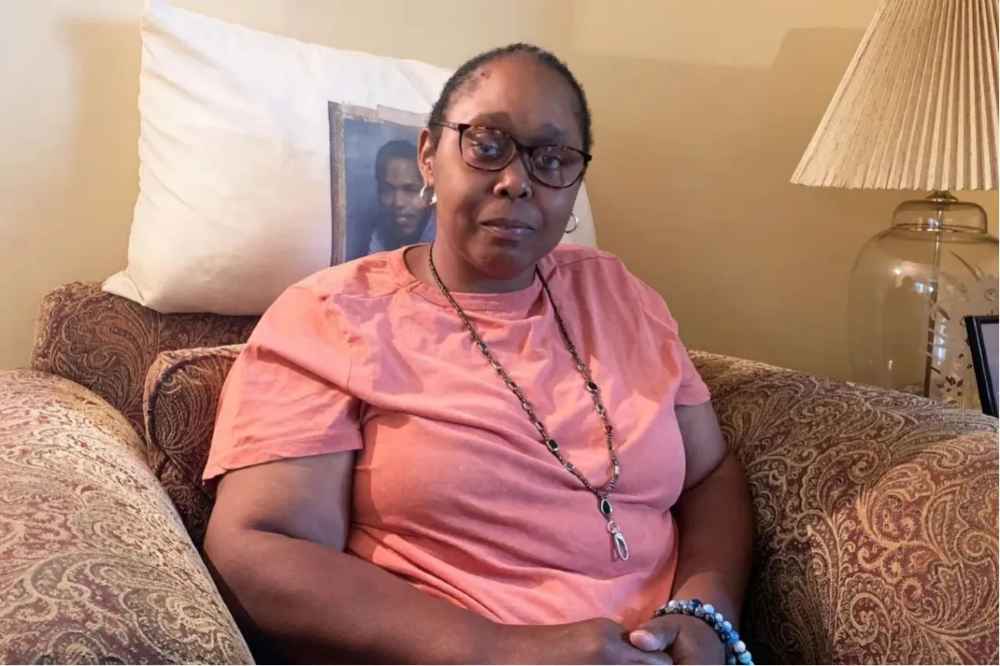Justina Worrell, a 47-year-old kitchen helper in an Ohio nursing home with cerebral palsy, intellectual disability, and a heart condition, faced a daunting challenge last year.

The Social Security Administration sent her a letter indicating she had been receiving Social Security overpayment in disability benefits and demanded she repay $60,175.90 within 30 days
This scenario is not unique, as the Social Security Administration attempts to recover billions in overpayments from some of the nation’s neediest recipients. During the 2022 fiscal year, the agency managed to claw back $4.7 billion in Social Security overpayment, while an astounding $21.6 billion remained uncollected, as per the SSA’s inspector general report. This ongoing crisis is affecting the very individuals these safety-net programs are intended to help.
The root causes of these Social Security overpayments are complex, often arising from the system’s complexity, outdated asset limits, insufficient staffing, and reliance on beneficiary-provided data. Unfortunately, this bureaucratic nightmare has left beneficiaries like Justina Worrell, Lori Cochran, and Alex Hubbard struggling to repay debts that have ballooned over time.
While the SSA claims to be working on solutions, beneficiaries argue that the agency’s unclear communication and inconsistent responses exacerbate the problem
Additionally, understaffing and outdated rules have compounded the crisis, leaving many beneficiaries in financial distress. In response, a bipartisan group of lawmakers recently introduced a bill to raise asset limits, aiming to provide some relief to those trapped in the Social Security overpayment predicament.
As vulnerable Americans continue to grapple with these repayment demands, advocates stress the urgent need for reform to ensure that safety-net programs genuinely serve their intended purpose.




